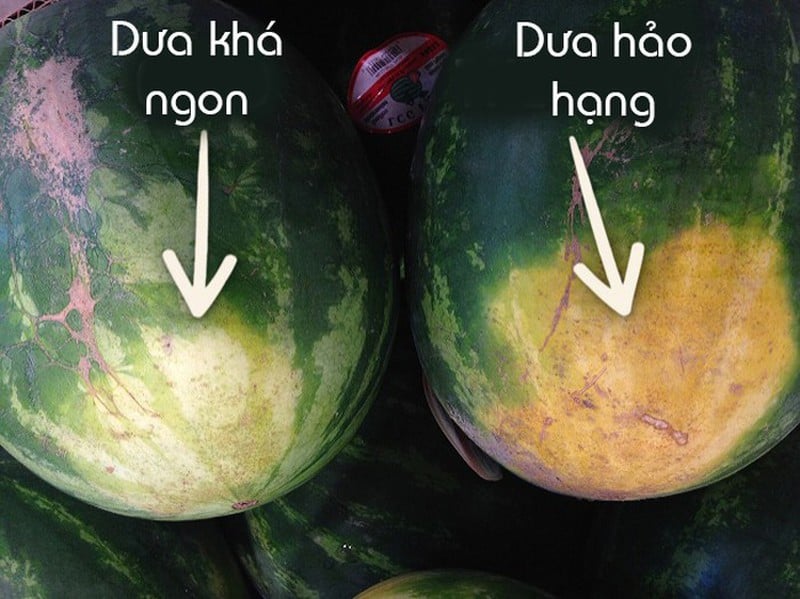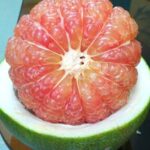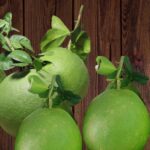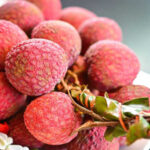Tips for Choosing a Sweet Watermelon by Patting
The tip of choosing a sweet watermelon by patting and feeling the sound from the watermelon comes from the old experience of farmers who grow watermelons. Through long observation and experimentation, they realized that watermelons that make deep and solid sounds when patted are usually of the best quality. This experience gradually became widely known and has become a familiar method used by many when buying watermelons.

When you pat the watermelon and hear a “thump” sound, it’s a sign of a ripe and sweet watermelon.
Watermelons have a hard shell and contain fleshy content with a high water content. When we pat the surface, sound waves will travel through this structure. Ripe and sweet watermelons usually have a high water content and a dense structure, causing the sound waves to reflect clearly and consistently. If you hear a hollow “pop” sound, it indicates that the watermelon is unripe, overripe, or spoiled. These watermelons tend to have soft, mushy flesh and are less sweet.
When you pat a watermelon and hear a “thump,” it’s a good sign. This sound indicates that the flesh inside the watermelon has developed sufficiently, resulting in a dense texture with minimal air pockets, signifying a uniformly ripe watermelon with high sugar content and a crisp, desirable texture. This method also helps determine the freshness of the watermelon without having to cut it open for inspection.
Moreover, patting a watermelon provides information not only through sound but also through tactile sensation. When you pat the surface of a watermelon, you can feel its responsiveness. A ripe and sweet watermelon will give a gentle and solid feel to the palm of your hand. A less desirable or damaged watermelon may feel hollow or vibrate intensely without even distribution.
Additionally, when choosing a watermelon, keep an eye out for the following:
Check the underside of the watermelon: The bottom of a watermelon should be yellow to dark yellow. If the part in contact with the ground is white, the watermelon is likely unripe and has not reached its full maturity. Such watermelons may have been forced to ripen and treated with growth stimulants, resulting in a bland taste and thick rind.
Look for brown spots: Brown spots on the watermelon’s rind are not a sign of damage but are a result of multiple pollinations during flowering. This indicates that the watermelon is likely sweeter due to increased pollination.
Distinguish the shape of the watermelon: The shape of a watermelon is determined by its variety. Many people rely on the trick of distinguishing male and female watermelons by their round or elongated shape. However, this doesn’t apply to certain varieties that only produce oblong fruits.
Nevertheless, in common watermelon varieties, elongated watermelons tend to have more water, are sweeter, and are followed by round ones.
Examine the stem: When buying a watermelon, look for those with brown, withered stems, as these indicate a ripe and sweet fruit. If the stem is still green and large, the watermelon is unripe, and the color won’t be sufficiently red, resulting in a bland taste.
Recently harvested watermelons have green stems. Wait a few days for the watermelon to absorb more water, and the stem will wither. At this point, the rind becomes thinner, and the taste sweeter.
Observe the stripes on the watermelon’s rind: A ripe and delicious watermelon typically has broader and more expanded stripes. Less mature watermelons tend to have narrower stripes.
Inspect the navel of the watermelon: A large navel indicates a thick rind with many seeds and less sweetness. A small navel, on the other hand, suggests a thin rind, more water, and increased sweetness.






































